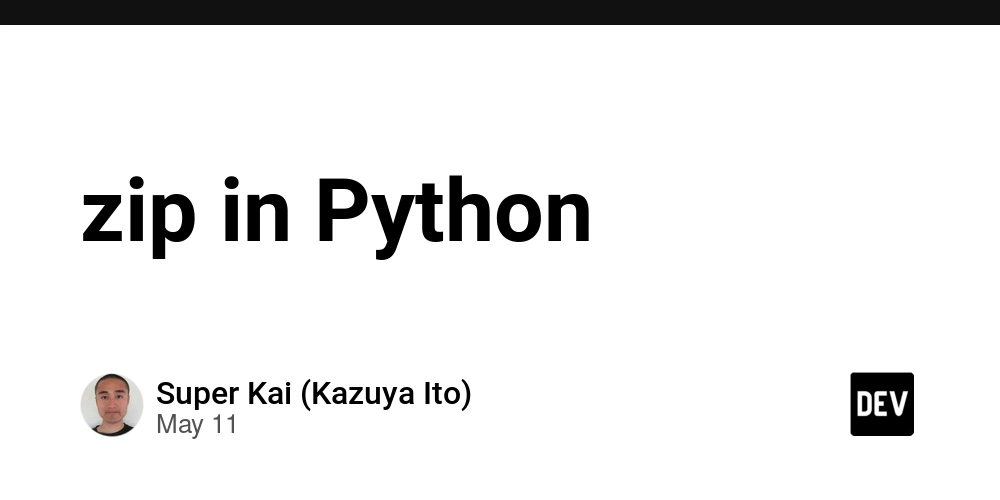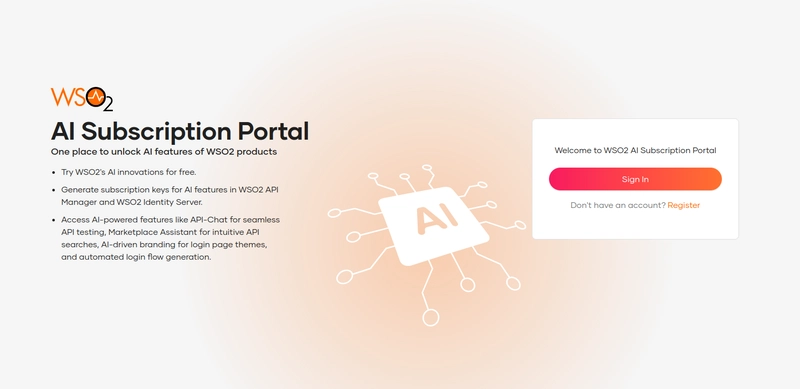Goodbye pod install
Introduction For years, React Native developers working on iOS have relied on one command more than any other: cd ios && pod install This command has been a staple for managing native dependencies in iOS projects. But in 2025, React Native is moving away from it—and for good reasons. If you’ve recently seen a warning like: "Calling pod install directly is deprecated in React Native" ...you’re witnessing a significant shift in how React Native handles iOS builds. Why Is pod install Being Deprecated? React Native is undergoing a significant transformation, and part of that involves reducing reliance on iOS-specific tools like CocoaPods. Here’s why: 1. Less iOS-Specific Tooling CocoaPods is great for iOS, but React Native aims for true cross-platform development. The new architecture favors tools that work seamlessly across iOS, Android, and beyond. 2. Modern Build Systems (TurboModules & Fabric) The New Architecture (TurboModules, Fabric, JSI) requires a more streamlined build process. Manually running pod install adds unnecessary friction. 3. Fewer Setup Headaches CocoaPods has been a common source of issues (version conflicts, slow installations). Moving away from manual pod install reduces these pain points. What Should You Use Instead? The replacement depends on your setup: For Expo Users Expo already abstracts away native build complexities. Just run: npx expo run:ios This handles everything—no pod install needed. For React Native CLI Users Instead of manually running pod install, use: yarn ios # or npx react-native run-ios These commands automatically handle dependency installation when needed. When Might You Still Need pod install? Debugging Xcode/CocoaPods issues Working with custom or experimental native modules Maintaining legacy projects that haven't migrated to the new architecture The Bigger Picture: React Native in 2025 This change is part of a broader evolution in React Native: 1. TurboModules & Fabric Are the Future TurboModules improve native module performance. Fabric makes rendering more efficient. Both reduce the need for platform-specific setups. 2. Expo Is Becoming the Default Expo simplifies native builds, making CocoaPods invisible for most developers. Even bare React Native projects are adopting similar abstractions. 3. Cross-Platform Tooling Is the Standard React Native is pushing for less iOS/Android fragmentation. Future tools will likely replace CocoaPods with Swift Package Manager (SPM) or a universal solution. Conclusion What Should You Do Today? Expo users: Stick with npx expo run:ios—no changes needed. React Native CLI users: Use yarn ios or npx react-native run-ios instead of pod install. Advanced cases: Only use pod install when absolutely necessary. The Future Is Simpler React Native is moving toward a more unified, less platform-dependent workflow. While CocoaPods isn’t disappearing overnight, its role is shrinking—and that’s a good thing. Fewer Podfile conflicts, faster builds, and a smoother development experience await.

Introduction
For years, React Native developers working on iOS have relied on one command more than any other:
cd ios && pod install
This command has been a staple for managing native dependencies in iOS projects. But in 2025, React Native is moving away from it—and for good reasons.
If you’ve recently seen a warning like:
"Calling pod install directly is deprecated in React Native"
...you’re witnessing a significant shift in how React Native handles iOS builds.
Why Is pod install Being Deprecated?
React Native is undergoing a significant transformation, and part of that involves reducing reliance on iOS-specific tools like CocoaPods. Here’s why:
1. Less iOS-Specific Tooling
- CocoaPods is great for iOS, but React Native aims for true cross-platform development.
- The new architecture favors tools that work seamlessly across iOS, Android, and beyond.
2. Modern Build Systems (TurboModules & Fabric)
- The New Architecture (TurboModules, Fabric, JSI) requires a more streamlined build process.
- Manually running pod install adds unnecessary friction.
3. Fewer Setup Headaches
- CocoaPods has been a common source of issues (version conflicts, slow installations).
- Moving away from manual pod install reduces these pain points.
What Should You Use Instead?
The replacement depends on your setup:
For Expo Users
Expo already abstracts away native build complexities. Just run:
npx expo run:ios
This handles everything—no pod install needed.
For React Native CLI Users
Instead of manually running pod install, use:
yarn ios
# or
npx react-native run-ios
These commands automatically handle dependency installation when needed.
When Might You Still Need pod install?
- Debugging Xcode/CocoaPods issues
- Working with custom or experimental native modules
- Maintaining legacy projects that haven't migrated to the new architecture
The Bigger Picture: React Native in 2025
This change is part of a broader evolution in React Native:
1. TurboModules & Fabric Are the Future
- TurboModules improve native module performance.
- Fabric makes rendering more efficient.
- Both reduce the need for platform-specific setups.
2. Expo Is Becoming the Default
- Expo simplifies native builds, making CocoaPods invisible for most developers.
- Even bare React Native projects are adopting similar abstractions.
3. Cross-Platform Tooling Is the Standard
- React Native is pushing for less iOS/Android fragmentation.
- Future tools will likely replace CocoaPods with Swift Package Manager (SPM) or a universal solution.
Conclusion
What Should You Do Today?
-
Expo users: Stick with
npx expo run:ios—no changes needed. -
React Native CLI users: Use
yarn iosornpx react-native run-iosinstead ofpod install. -
Advanced cases: Only use
pod installwhen absolutely necessary.
The Future Is Simpler
React Native is moving toward a more unified, less platform-dependent workflow. While CocoaPods isn’t disappearing overnight, its role is shrinking—and that’s a good thing.
Fewer Podfile conflicts, faster builds, and a smoother development experience await.























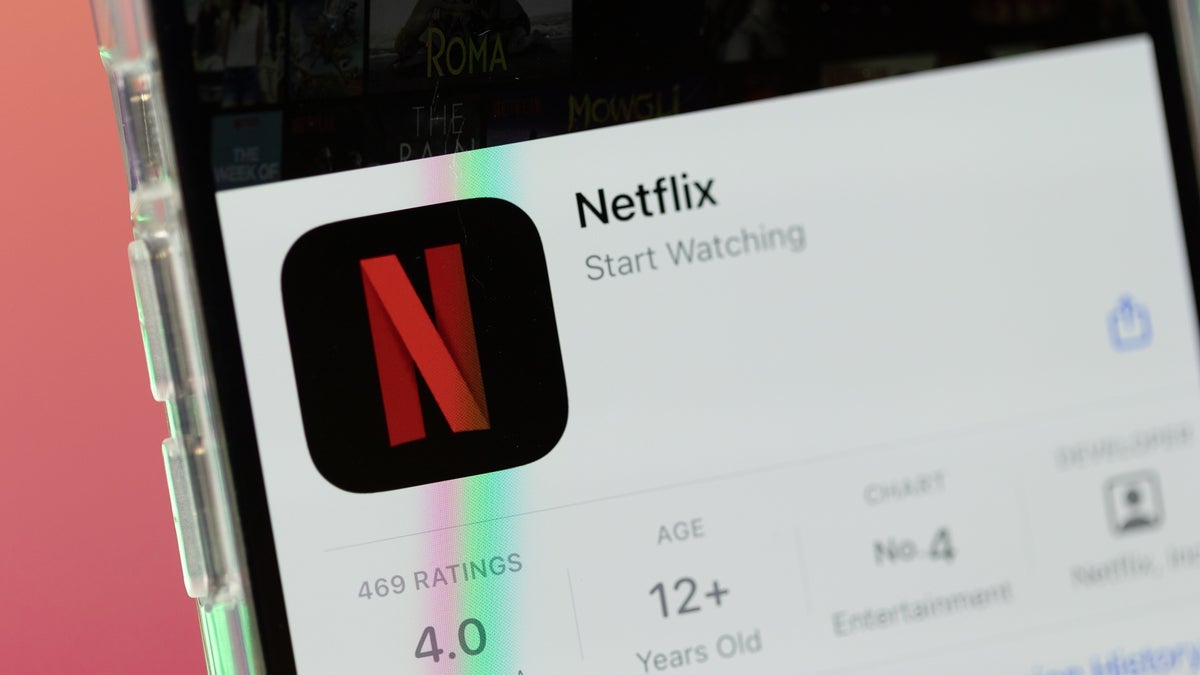

















































![Apple M4 MacBook Air Hits New All-Time Low of $824 [Deal]](https://www.iclarified.com/images/news/97288/97288/97288-640.jpg)
![An Apple Product Renaissance Is on the Way [Gurman]](https://www.iclarified.com/images/news/97286/97286/97286-640.jpg)
![Apple to Sync Captive Wi-Fi Logins Across iPhone, iPad, and Mac [Report]](https://www.iclarified.com/images/news/97284/97284/97284-640.jpg)
![Apple M4 iMac Drops to New All-Time Low Price of $1059 [Deal]](https://www.iclarified.com/images/news/97281/97281/97281-640.jpg)












![[Fixed] Gemini 2.5 Flash missing file upload for free app users](https://i0.wp.com/9to5google.com/wp-content/uploads/sites/4/2025/03/google-gemini-workspace-1.jpg?resize=1200%2C628&quality=82&strip=all&ssl=1)


![As Galaxy Watch prepares a major change, which smartwatch design to you prefer? [Poll]](https://i0.wp.com/9to5google.com/wp-content/uploads/sites/4/2024/07/Galaxy-Watch-Ultra-and-Apple-Watch-Ultra-1.jpg?resize=1200%2C628&quality=82&strip=all&ssl=1)












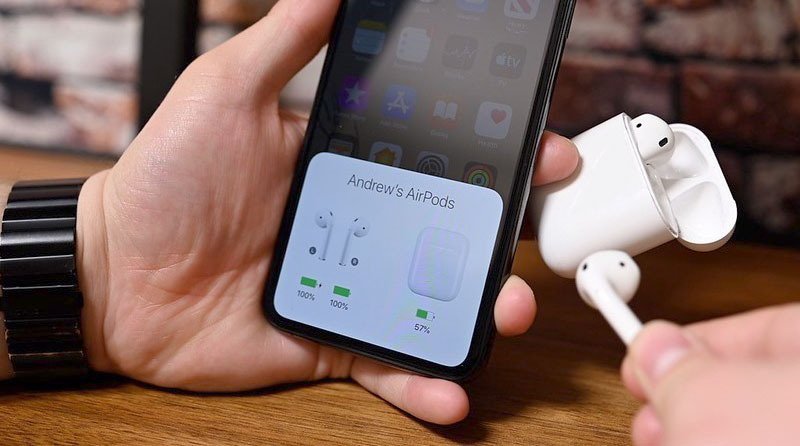

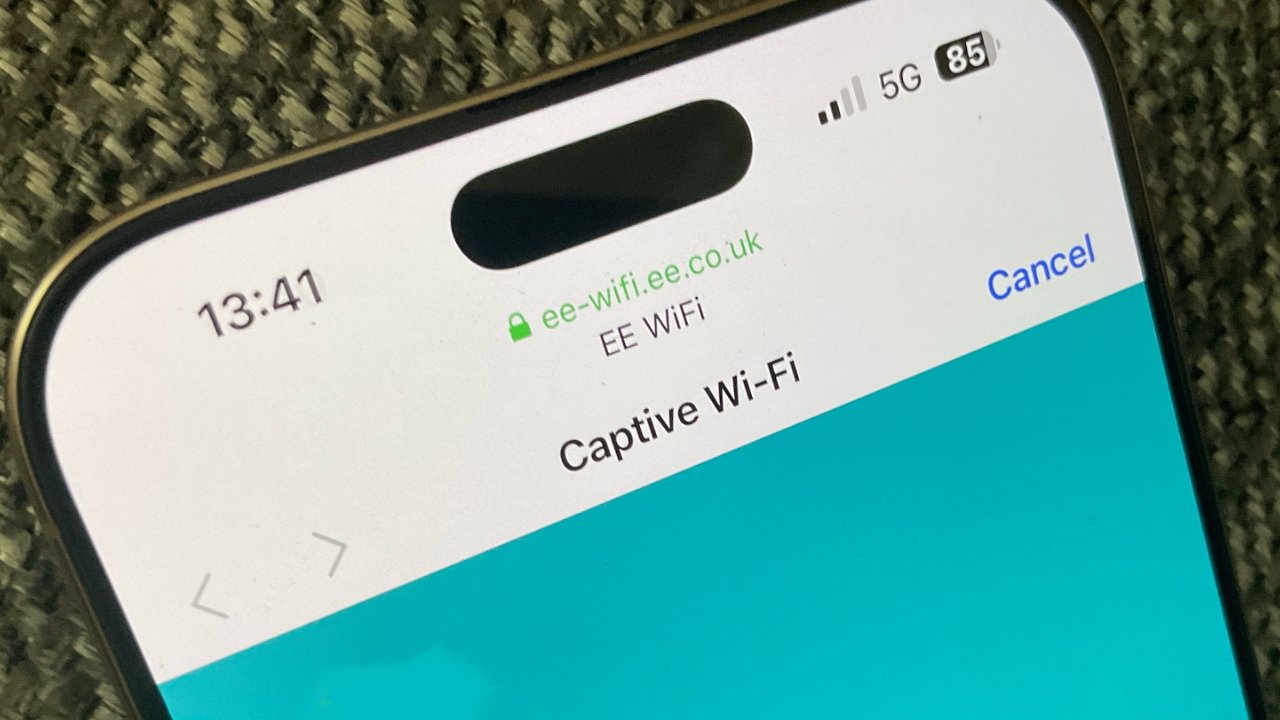







































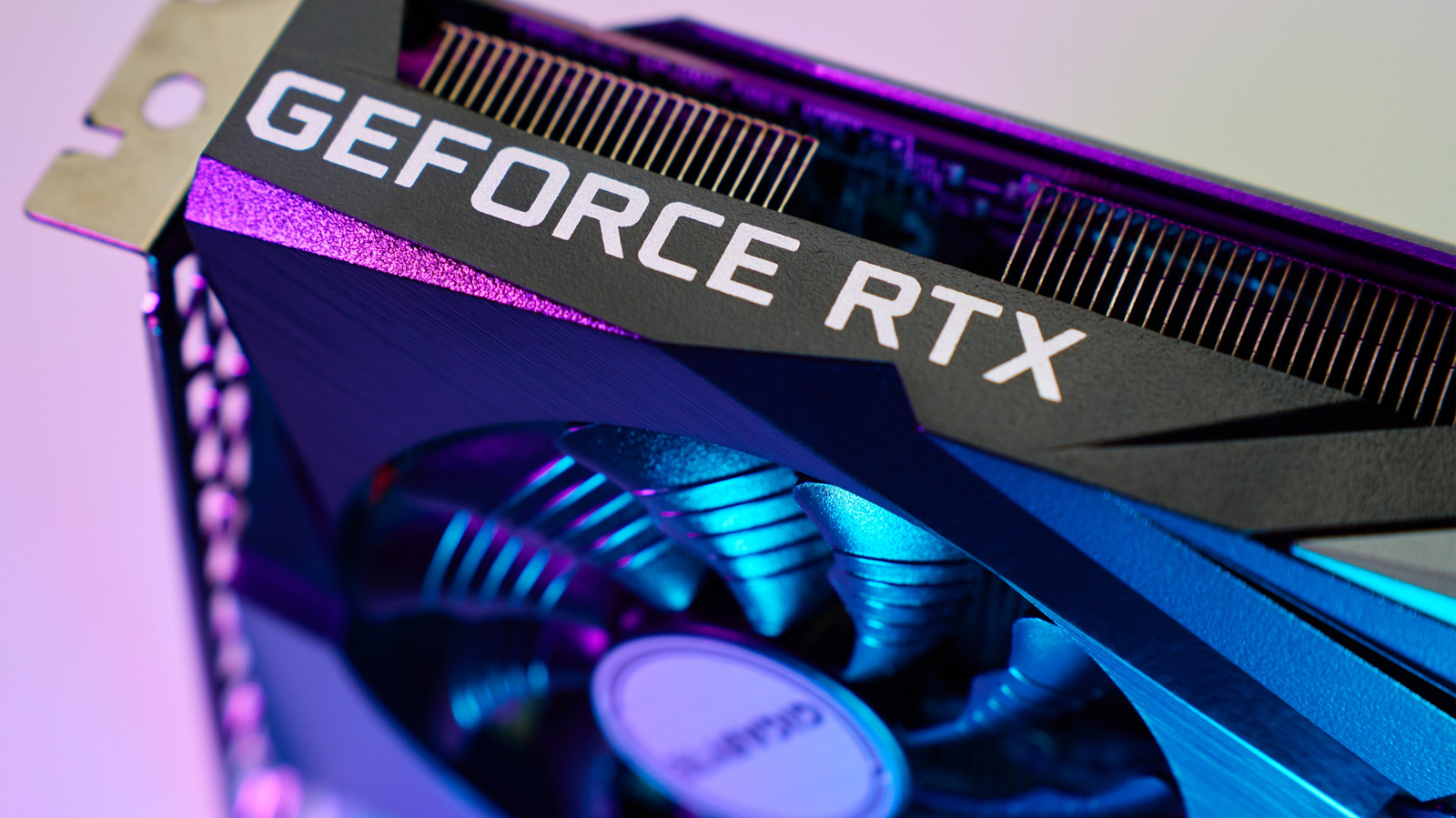








































































































































































![[The AI Show Episode 146]: Rise of “AI-First” Companies, AI Job Disruption, GPT-4o Update Gets Rolled Back, How Big Consulting Firms Use AI, and Meta AI App](https://www.marketingaiinstitute.com/hubfs/ep%20146%20cover.png)
















































































































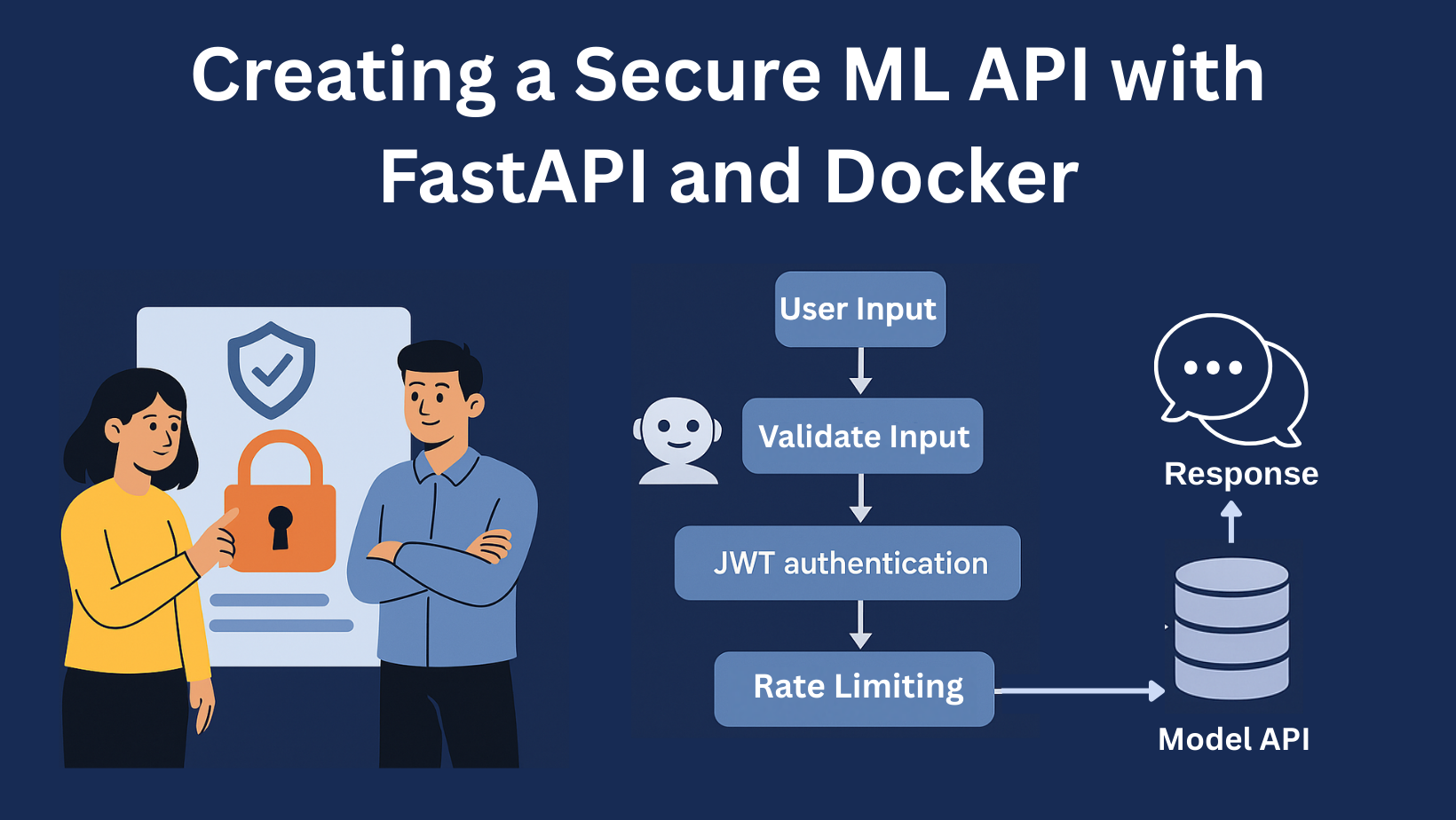


![[] & () for variables in Python variable assignment](https://media2.dev.to/dynamic/image/width%3D1000,height%3D500,fit%3Dcover,gravity%3Dauto,format%3Dauto/https:%2F%2Fdev-to-uploads.s3.amazonaws.com%2Fuploads%2Farticles%2Fo4vmzu04xlsys8f1f9h6.png)

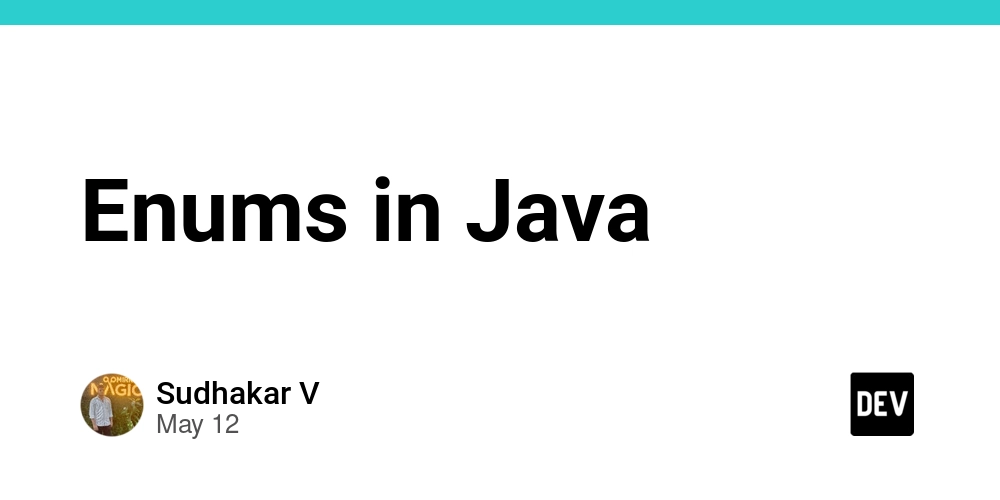











































![Ditching a Microsoft Job to Enter Startup Purgatory with Lonewolf Engineer Sam Crombie [Podcast #171]](https://cdn.hashnode.com/res/hashnode/image/upload/v1746753508177/0cd57f66-fdb0-4972-b285-1443a7db39fc.png?#)


![[DEALS] Internxt Cloud Storage Lifetime Subscription: 10TB Plan (88% off) & Other Deals Up To 98% Off – Offers End Soon!](https://www.javacodegeeks.com/wp-content/uploads/2012/12/jcg-logo.jpg)





























































































